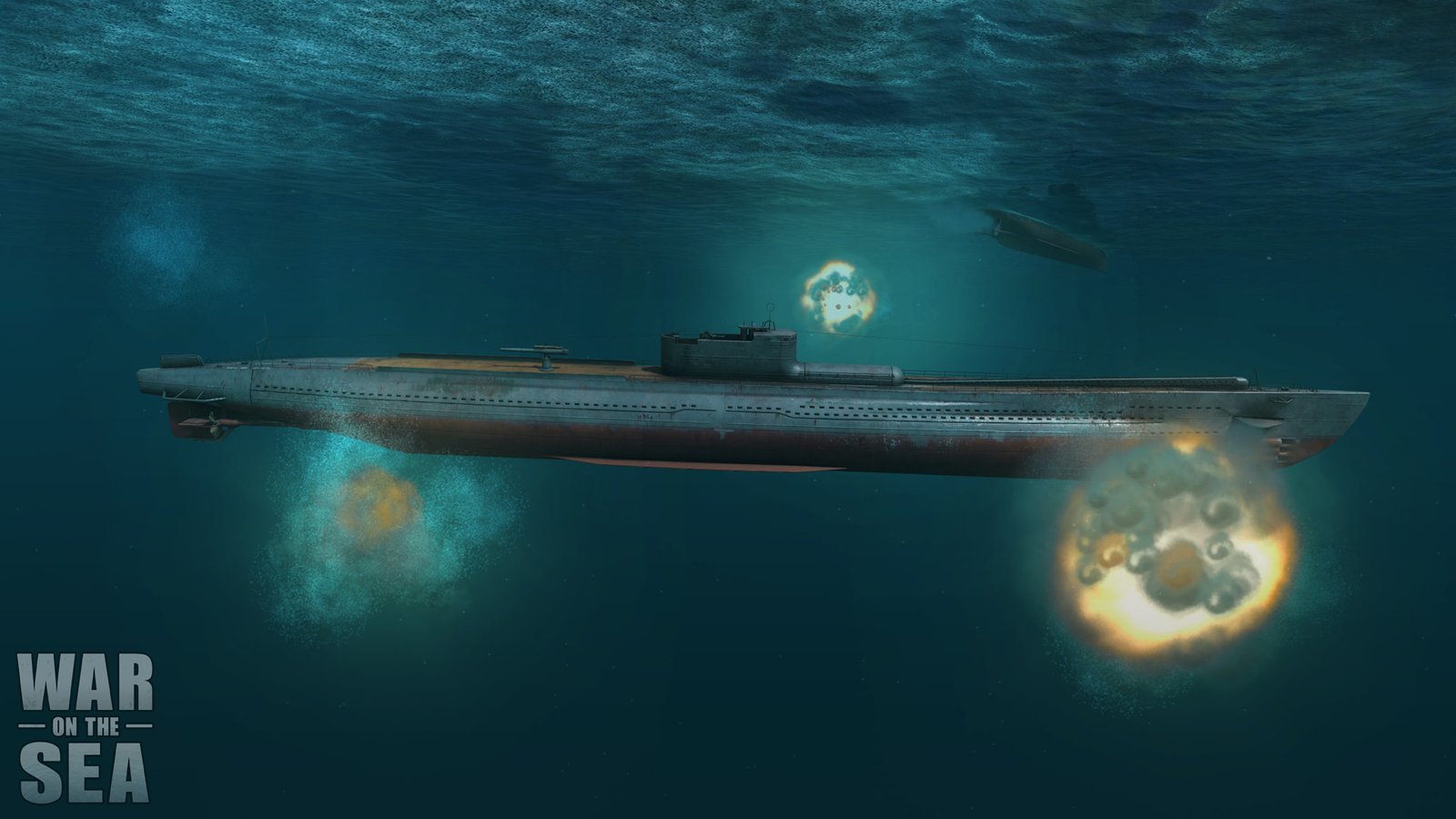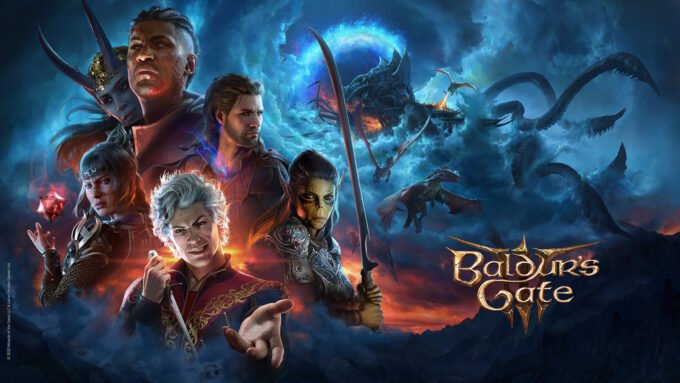Though less famous than WW2 in Europe, the Pacific Theatre has been a well-explored theme in video gaming history. The conflict has been previously dramatised in series ranging from Call of Duty to Medal of Honor; players are thus able to chart Allied progression towards the Japanese mainland in extraordinary detail. Therefore, War on the Sea (WOTS) arguably faces an uphill battle to carve out its niche, given such market saturation. Nevertheless, this title promises a unique spin on this iconic story, a notion worthy of further exploration…
The Premise

Though focusing mainly on the Solomon Islands campaign, WOTS puts players in a position to determine the entire trajectory of the Pacific Theatre. With both Allied and Japanese maritime forces playable in-game, a choice exists to reflect or diverge from the historical record, influencing the broader war as a consequence. Thus, WOTS promises a customisable approach to war-era naval strategy, players being able to apply personal preference, alongside logic and precision, to the pursuit of military victory.
Furthermore, Killersfish, the game’s developer, has stated that WOTS will pay homage to retro titles ‘Great Naval Battles (GNB)’ and ‘Task Force 1942’ (TF42). In 1992, both series popularised WW2 naval conflict as a gaming genre, granting players the flexibility to develop their tactical nous through their chosen country and naval formations. WOTS aims to revitalise this basic premise for today’s audience, deploying modern improvements in graphic and simulation technologies to advance its legacy.
The Gameplay
Generally speaking, WOTS follows a broadly similar formula to its predecessors, albeit adapted for modern PC gaming. You’ll control your naval and airborne units on a wholly strategic level, producing orders to be carried out first-hand by virtual subordinates, like a true commander. However, WOTS raises the bar here by allowing gameplay to be viewed at an external-view camera angle as if using a vehicle simulator; a helpful addition that makes understanding the state of play, and thus what tactics to pursue, altogether easier. For both GNB and TF42, this could only be done from a ship’s bridge; shifting away from this makes WOTS a more involving proposition for all concerned.

Adding to this offensive advantage, WOTS will give players greater flexibility in choosing the best strategies and techniques to neutralise enemy firepower. Indeed, for aerial attacks, players possess several deployment options: land-based formations can either tackle opposing fighter squadrons or conduct bombing raids on ships. Furthermore, such bombings can be performed from high altitude, minimise potential losses, or nearby, using a ‘stone skipping technique to cripple ships in a side-on attack. In contrast, neither GNB nor TF42 offered such a comprehensive experience; organising airpower was more procedural, with more binary instructions for completing specific objectives. Complementing these improvements are promises of naval flexibility; players can choose between putting aircraft carriers front-and-centre for extra air support, screening battlefields with submarines before committing further forces, and fencing opponents into a decisive engagement to achieve rapid success.
Finally, Killerfish has announced that all gameplay, whether a single engagement or in campaign mode, will be pausable mid-battle, a feature absent from their similar past releases and oft-requested by fans. Though only a refinement, this change will nonetheless give fans a more leisurely, less frustrating gaming experience, vital if WOTS gives new life to its genre.
Conclusion
At its core, WOTS isn’t a particularly revolutionary offering; it mainly expands upon a well-tested formula. However, the various refinements made to general gameplay, regarding either graphics or tactics, are a necessary step forward if this genre is to remain afloat in today’s highly saturated gaming market.

















Leave a comment